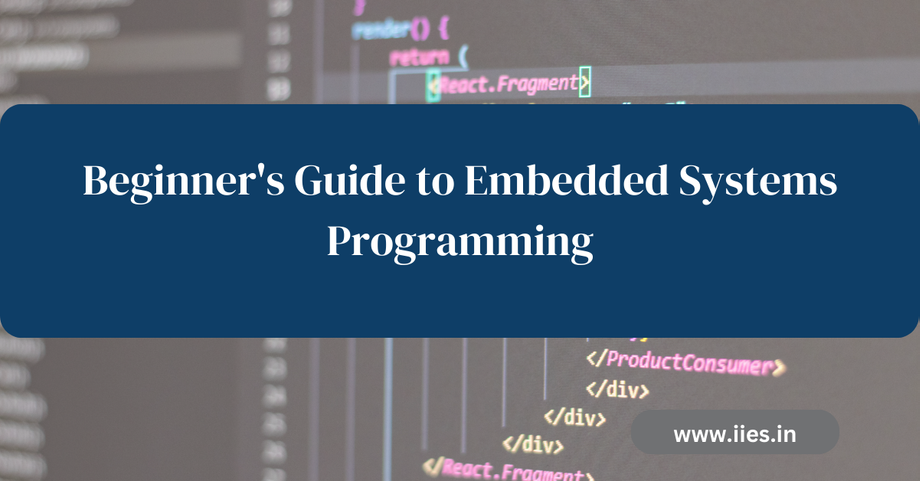Introduction
Embedded systems programming is a specialized field of computer programming that involves creating software for embedded systems. Embedded systems are computer systems that are integrated into other devices or products, such as automobiles, medical devices, and home appliances. Embedded systems programming requires a deep understanding of the hardware and software components of the system, as well as the ability to write code that is optimized for the specific requirements of the system.
Embedded systems play a critical role in various industries, from healthcare to transportation to manufacturing. They are used in a wide range of applications, such as controlling the engine of a car, monitoring the vital signs of a patient, and regulating the temperature of a building.
Fundamentals
Basic Concepts
To get started with embedded systems programming, it's important to understand some basic concepts, such as microcontrollers, memory management, and peripheral interfacing. Microcontrollers are small, self-contained computer systems that are designed to perform specific tasks. Memory management is the process of allocating and managing memory resources in a computer system. Peripheral interfacing is the process of connecting a microcontroller to external hardware devices, such as sensors, displays, and motors.
Tools and Programming Languages
The tools and programming languages used in embedded systems programming vary depending on the specific system being developed. Some of the common programming languages used in embedded systems programming include C and C++. Integrated development environments (IDEs) such as Eclipse, Keil, and Code Composer Studio are commonly used for developing embedded systems.
Real-World Applications
Embedded systems are used in a wide range of applications, such as:
- Automotive systems, such as engine control units and anti-lock braking systems.
- Medical devices, such as pacemakers and insulin pumps.
- Consumer electronics, such as smartphones and home appliances.
- Industrial control systems, such as robotics and manufacturing equipment.
Getting Started with Embedded Systems Programming
Setting Up a Development Environment
To get started with embedded systems programming, you'll need to set up a development environment. This typically involves installing an IDE and configuring it to work with your microcontroller. You'll also need to install any necessary drivers and software libraries.
Writing and Compiling a Basic Program
Once you have your development environment set up, you can start writing and compiling programs for your microcontroller. A basic program might involve turning an LED on and off or reading input from a sensor. You'll need to write code that interacts with the hardware components of your microcontroller, such as its input/output ports and timers.
Sample Code Snippets and Exercises
To practice your embedded systems programming skills, you can try writing code for common tasks such as:
- Reading input from a sensor and displaying the results on an LCD screen.
- Controlling the speed of a motor using a pulse-width modulation (PWM) signal.
- Implementing a simple state machine to control the behavior of your system.
Advanced Topics
Debugging and Optimization
Debugging and optimization are important skills for embedded systems programmers. Debugging involves identifying and fixing errors in your code, while optimization involves improving the performance and efficiency of your code. Some common debugging techniques include using a debugger, printing debug messages to a console, and using hardware tools such as oscilloscopes and logic analyzers. Code optimization techniques include using efficient algorithms and data structures, minimizing code duplication, and using inline functions.
Further Learning and Exploration
To continue learning and exploring embedded systems programming, you can:
- Participate in online forums and communities.
- Attend conferences and workshops.
- Read industry publications and blogs.
- Experiment with different microcontrollers and development boards.
Conclusion
Embedded systems programming is a fascinating and challenging field that offers many opportunities for learning and growth. By understanding the basic concepts and tools of embedded systems programming, and by practicing your skills through hands-on exercises, you can develop the skills and knowledge needed to create efficient, reliable, and secure embedded systems.

